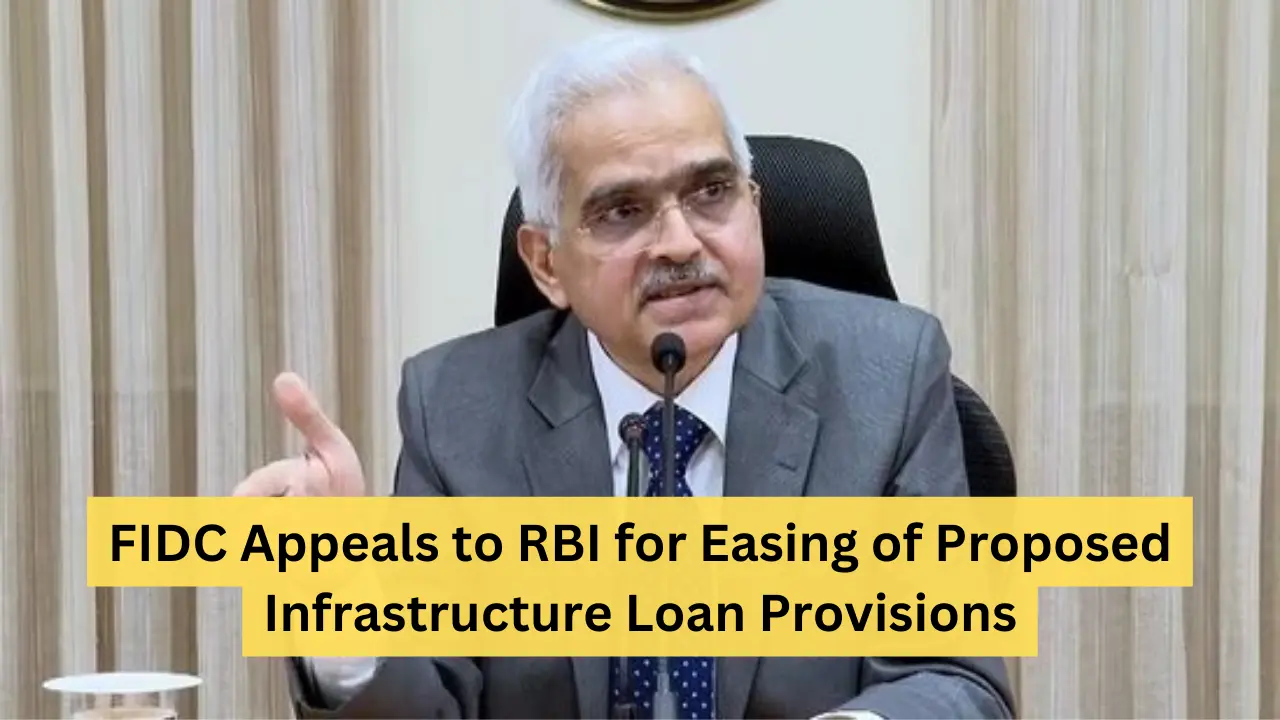Piramal Enterprises’ financial services arm recently reached a significant milestone by surpassing Rs 50,000 crore in retail loans. This achievement underscores the company’s strategic focus on expanding its retail lending portfolio and signals a robust growth trajectory in the financial services sector. Consequently, this announcement has positively impacted investor sentiment, driving the company’s share price up by 3%.
Retail Lending Milestone: A Testament to Strategic Focus
Piramal Enterprises, a diversified conglomerate with interests spanning pharmaceuticals, financial services, and real estate, has seen its financial services arm grow substantially. The division’s success in reaching over Rs 50,000 crore in retail loans highlights its commitment to scaling its retail lending operations.
Key Drivers of Growth
Several factors have contributed to Piramal’s impressive growth in the retail lending space:
- Strategic Diversification: Historically known for its corporate lending, Piramal has strategically diversified into retail lending. This move has allowed the company to tap into a broader market and mitigate risks associated with corporate lending.
- Product Innovation: Piramal’s diverse range of retail financial products, including personal loans, home loans, and SME financing, has attracted a wide customer base. Their innovative offerings and customer-centric approach have significantly contributed to their growth.
- Technological Advancements: Leveraging advanced technologies, Piramal has streamlined its loan disbursement and customer acquisition processes. Digital platforms and data analytics have enabled quicker loan approvals and better risk management, enhancing their market competitiveness.
- Robust Distribution Network: Piramal’s extensive distribution network across India has played a crucial role in reaching diverse customer segments, from urban to rural areas, ensuring wide market penetration.
Impact on Stock Performance
The market responded positively to this milestone, with Piramal Enterprises’ stock climbing 3%. This uptick reflects investor confidence in the company’s strategic direction and its potential for sustained growth in the retail financial sector.
Market Reaction and Analyst Perspectives
Market analysts view this development as a pivotal point for Piramal Enterprises. The expansion in retail loans indicates not only a diversification of revenue streams but also a balanced approach to risk management.
- Enhanced Revenue Prospects: Retail loans generally offer higher interest margins compared to corporate loans, which could significantly boost Piramal’s revenue and profitability in the long run.
- Reduced Exposure to Corporate Debt: By increasing its focus on retail lending, Piramal reduces its reliance on the often-volatile corporate loan segment, thereby stabilizing its earnings and reducing risk.
- Positive Investor Sentiment: The market’s reaction underscores investor optimism about Piramal’s growth strategy. The increase in share price suggests that investors are bullish on the company’s future prospects in the retail financial services sector.
Future Outlook: Sustaining Growth Momentum
As Piramal Enterprises continues to build on this success, several strategies could further enhance its market position and growth prospects:
- Expanding Digital Footprint: Embracing digital transformation remains crucial. By further enhancing its digital platforms, Piramal can improve customer experience and operational efficiency, driving growth.
- Innovating Financial Products: Continual innovation in financial products tailored to evolving customer needs can help Piramal attract new customers and retain existing ones, fostering long-term growth.
- Strengthening Risk Management: As the retail loan portfolio grows, robust risk management practices will be essential to maintain loan quality and minimize defaults.
- Geographic Expansion: Expanding into under-served regions can open new growth avenues. Targeting semi-urban and rural markets with customized financial solutions could be a key differentiator.
Quick Review:
Q1.What contributed to Piramal Enterprises’ growth in retail loans?
Ans. Strategic diversification into retail lending, product innovation, technological advancements, and a robust distribution network have been key drivers of Piramal’s growth in retail loans.
Q2.How did the market react to Piramal’s milestone in retail loans?
Ans. The market reacted positively, with Piramal Enterprises’ shares rising by 3%, reflecting investor confidence in the company’s strategic direction and growth prospects.
Q3.Why is retail lending important for Piramal Enterprises?
Ans. Retail lending offers higher interest margins and reduces reliance on corporate loans, providing a more stable revenue stream and balanced risk profile.







